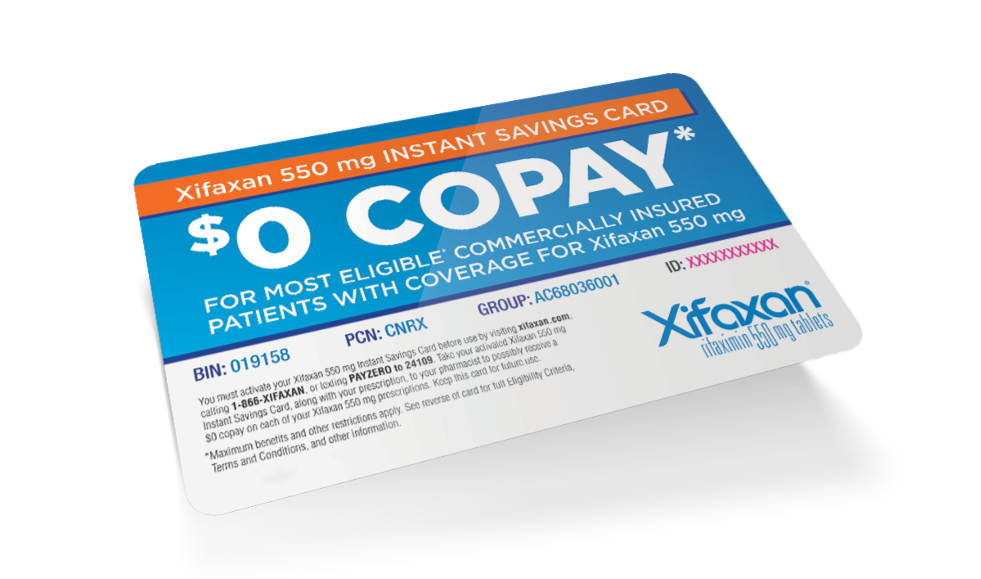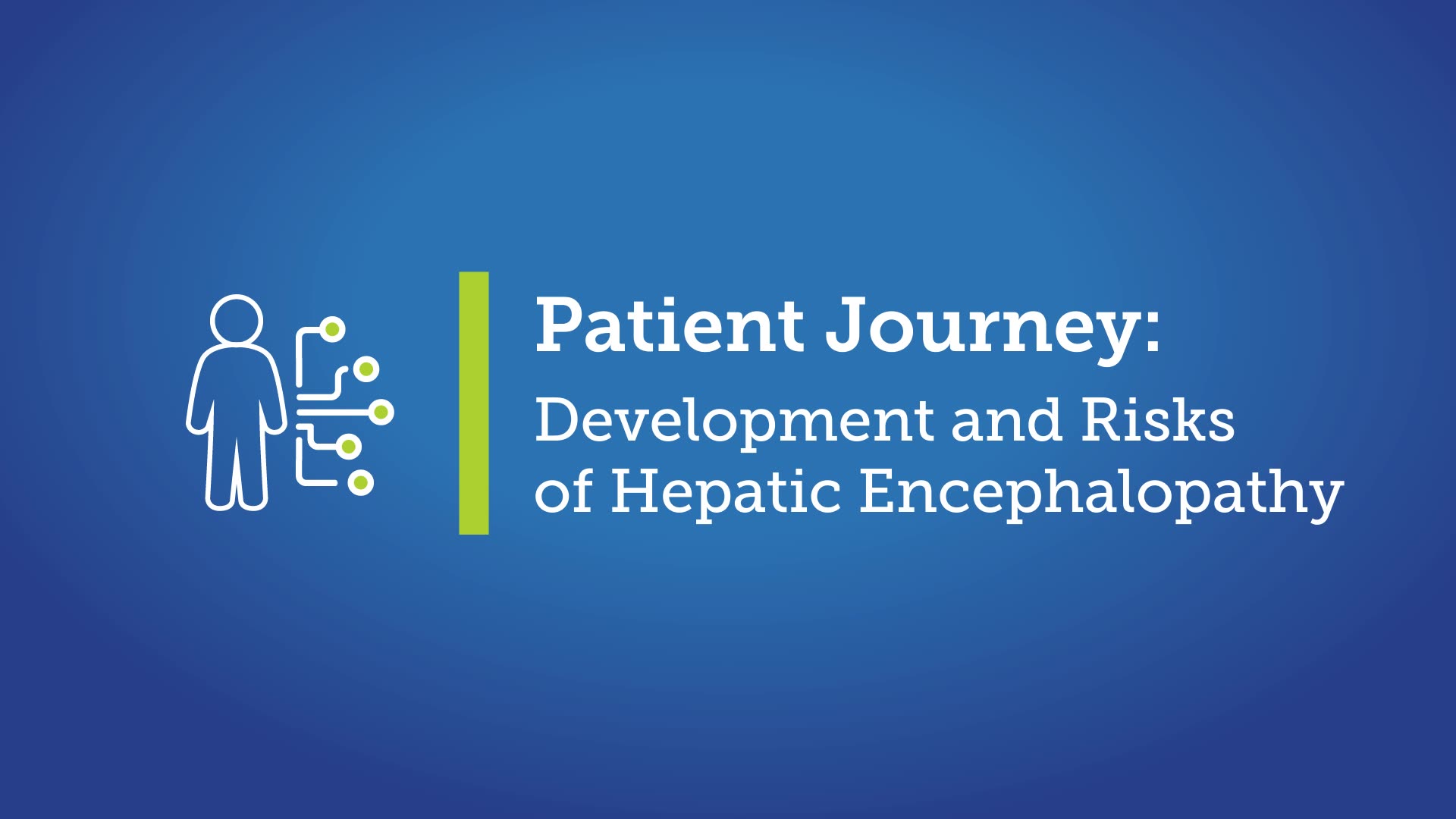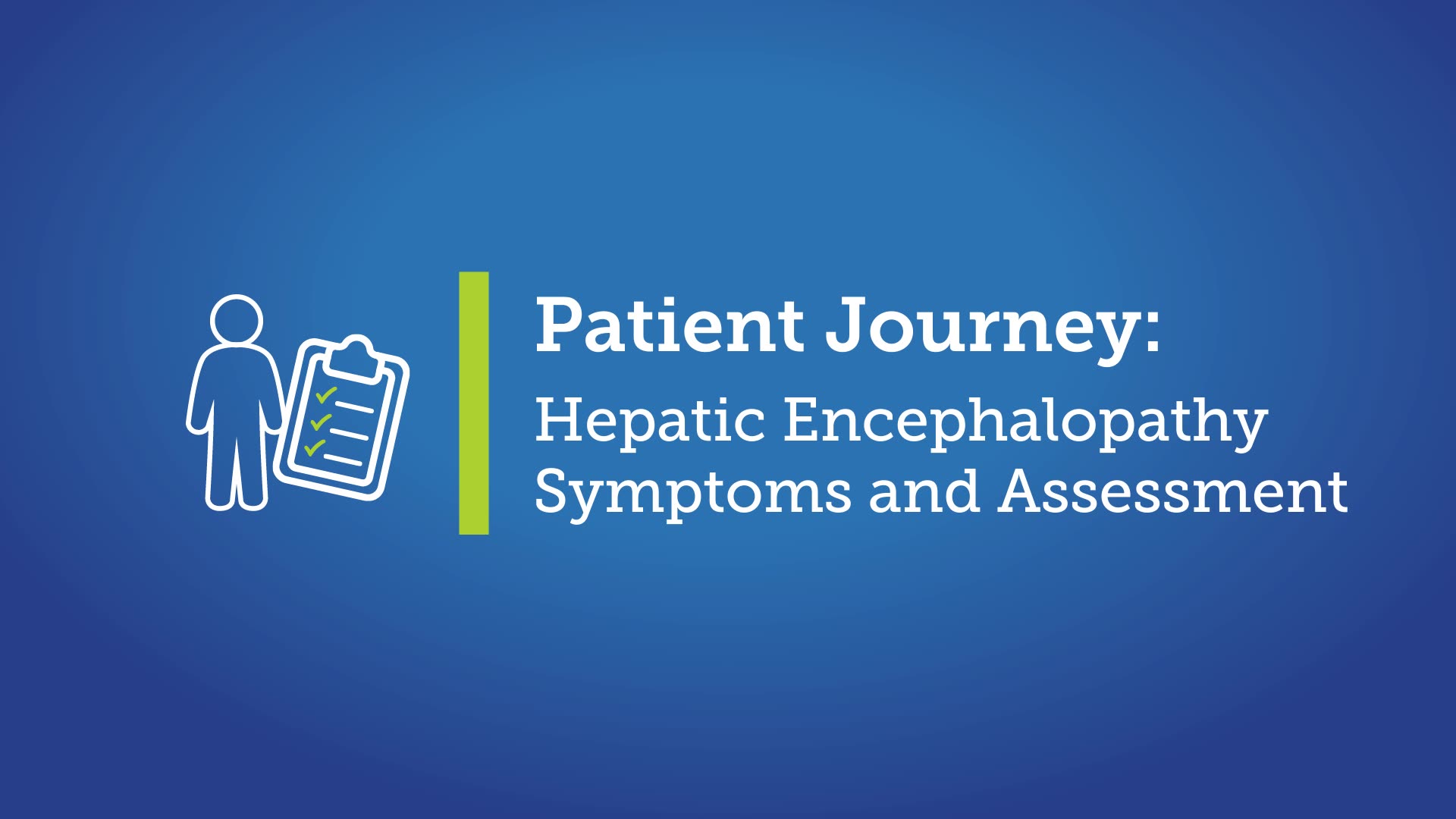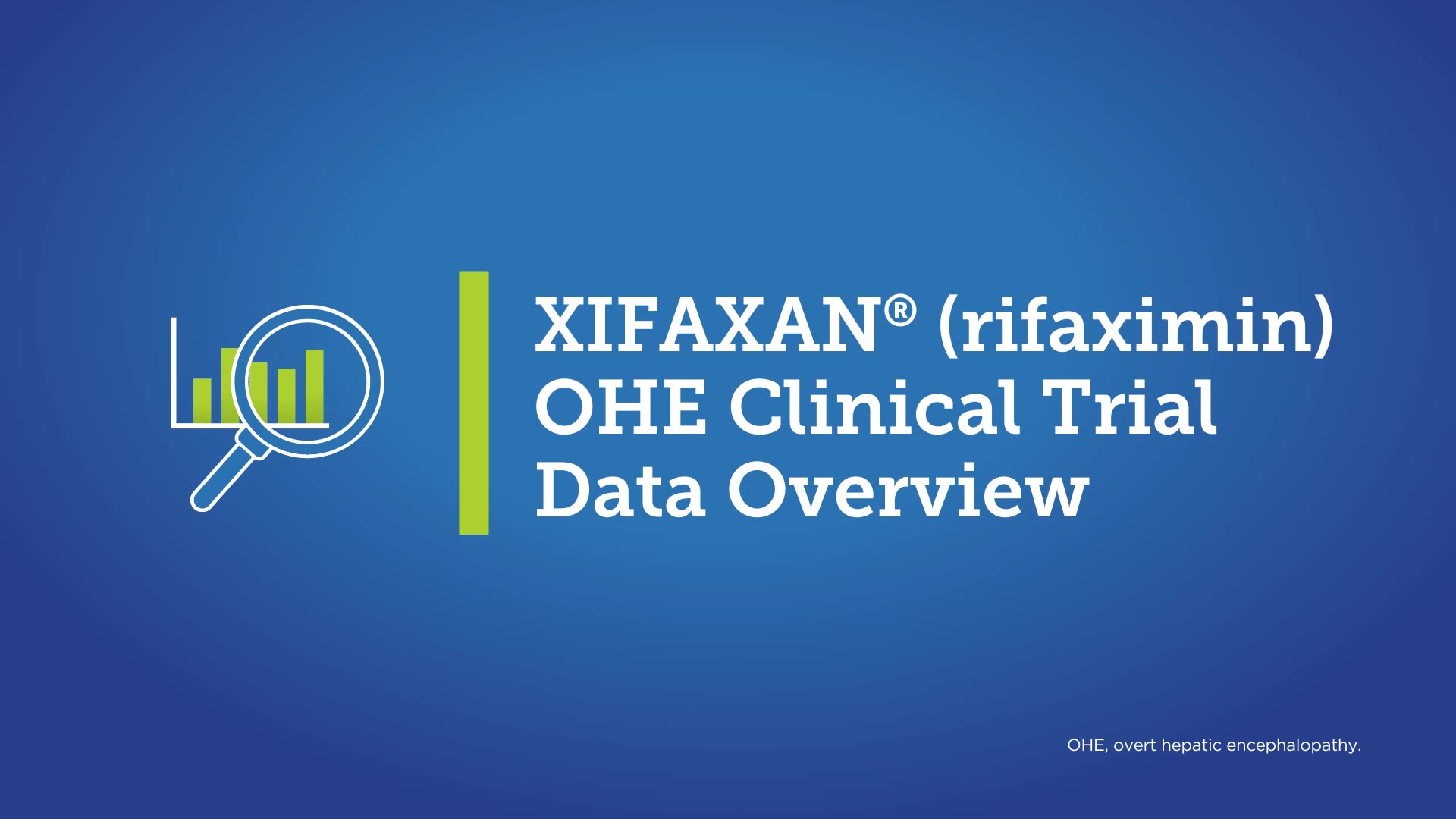Resources
- In this section:
- For Your Practice
- For Your Patients
- Video Library
Support for you and appropriate patients with overt HE
The resources below include information that may help when prescribing XIFAXAN, insurance requirements, and videos about OHE. You’ll also find materials to share with patients with OHE. These resources may help you get patients on XIFAXAN and help them reach your goals for OHE management.
For your practice
Guidance for ensuring that XIFAXAN prescriptions are written accurately.
Information on identifying patients at risk for OHE recurrence and how to act with guideline-based care.
Provides direction for submitting a PA for XIFAXAN when needed.
A standard form for a patient‐specific letter of medical necessity to explain your clinical decision-making in choosing a therapy.
A Tier Exemption Request to reduce the cost-share of a medication. Follows submission of a PA or Utilization Management request.
Get perspectives from your peers, tools, and educational material on diagnosis and treatment of OHE.
For your patients
A brief overview about managing OHE with XIFAXAN, including dosing and savings program details.
A handy tool to help patients and caregivers recognize the mental and physical symptoms of HE.
Learn about Extra Help/LIS program benefits. Identify the two ways patients can receive Extra Help/LIS benefits. Discover how you can help patients apply for Extra Help/LIS benefits.


Instant Savings Copay Card
The XIFAXAN Instant Savings Copay Card provides most eligible* commercially insured patients help with their monthly copays for XIFAXAN.
DOWNLOAD OR ACTIVATE NOW*Patient is not eligible if he/she participates in, seeks reimbursement or submits a claim for reimbursement to any federal or state healthcare program with prescription drug coverage, such as Medicaid, Medicare, Medigap, VA, DOD, TRICARE, or any similar federal or state healthcare program (each a Government Program), or where prohibited by law. Patient must be enrolled in, and must seek reimbursement from or submit a claim for reimbursement to, a commercial insurance plan. Offer excludes full-cash–paying patients. Maximum benefits and other restrictions apply. Visit https://xifaxan.copaysavingsprogram.com or call 1-866-XIFAXAN for full eligibility criteria, terms, and conditions.
HE, hepatic encephalopathy; LIS, Low-Income Subsidy
Video library
Take action! Explore the connection between the liver and brain in patients with chronic liver disease/cirrhosis at risk for developing hepatic encephalopathy.
Watch Dr. Jesudian discuss the AASLD Guidelines for managing overt HE with XIFAXAN.
In this video, Dr. Modi covers the journey and pathophysiology of a hypothetical patient with cirrhosis who develops hepatic encephalopathy (HE). Watch to learn more about the associated risks in patients that develop HE, including the high rate of recurrence and rehospitalization, which add to patient and healthcare burden.
Dr. Modi continues discussing the HE patient journey, reviewing the spectrum of neuropsychiatric complications that should be monitored for, and factors that might help precipitate an HE episode. Initial management strategies are also discussed to help resolve an HE episode.
In this last video of the series, Dr. Modi reviews the safety and efficacy data of XIFAXAN found in its pivotal phase 3 trial for the reduction in risk of overt HE recurrence and rehospitalization.
AASLD, American Association for the Study of Liver Diseases; HE, hepatic encephalopathy; LIS, low-income subsidy; OHE, overt hepatic encephalopathy; PA, prior authorization.
INDICATIONS
XIFAXAN® (rifaximin) 550 mg tablets are indicated for the reduction in risk of overt hepatic encephalopathy (HE) recurrence in adults and for the treatment of irritable bowel syndrome with diarrhea (IBS-D) in adults.
XIFAXAN® (rifaximin) 550 mg tablets are indicated for the reduction in risk of overt hepatic encephalopathy (HE) recurrence in adults.
IMPORTANT SAFETY INFORMATION
- XIFAXAN is contraindicated in patients with a hypersensitivity to rifaximin, rifamycin antimicrobial agents, or any of the components in XIFAXAN. Hypersensitivity reactions have included exfoliative dermatitis, angioneurotic edema, and anaphylaxis.
- Clostridium difficile-associated diarrhea (CDAD) has been reported with use of nearly all antibacterial agents, including XIFAXAN, and may range in severity from mild diarrhea to fatal colitis. If CDAD is suspected or confirmed, ongoing antibiotic use not directed against C. difficile may need to be discontinued.
XIF.0184.USA.23V6.0






